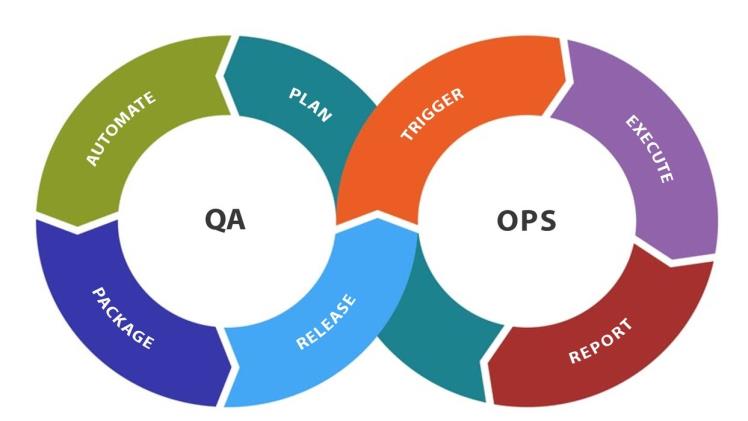Enhancing QA and DevOps Workflows with Real-World Network Testing

In software development, quality assurance (QA) and DevOps teams strive to simulate real-world conditions before releasing features into production. While code might work perfectly in a controlled environment, it can behave unpredictably when deployed at scale — especially in different geographic regions or network configurations.
To accurately emulate these scenarios, professionals are turning to proxy networks as a core part of their testing toolkit.
The Importance of Testing Across Multiple Locations
One of the key goals in QA is to ensure consistent functionality across user environments. In today’s global digital economy, users could be accessing your platform from anywhere — and that means varying:
- Internet speeds
- IP addresses
- Locations and time zones
- Caching and CDN behaviors
- Security rules like IP-based access restrictions
Testing under these variations is essential for uncovering bugs related to location-based logic, latency, and even third-party API behavior. It’s not enough to rely on a VPN or localized testing script — you need accurate, automated coverage of these conditions.
Proxies as a Tool for QA Engineers and DevOps Teams
By integrating proxies into test environments, teams can dynamically route requests through different IPs and regions to replicate real-user traffic. This allows them to:
- Test geo-based features like language switching or pricing
- Validate content served by CDNs or edge locations
- Simulate real-world delays, throttling, or timeout scenarios
- Ensure regionally restricted APIs return expected errors or responses
- Detect issues missed in traditional staging environments
This practice is especially useful in performance testing, regression testing, and user acceptance testing (UAT) where realism is crucial.
Scalability for Continuous Integration Pipelines
In DevOps pipelines, speed and automation are non-negotiable. Proxies can be configured to run in parallel across different containers or test jobs, giving teams simultaneous coverage across global regions without manual effort.
Proxy integration enables:
- Seamless testing in CI/CD environments
- Programmatic IP rotation to prevent rate-limiting
- Load simulation from varied endpoints
- Smarter alerting based on network anomalies
With such setup, your tests more accurately reflect what users experience in production, reducing post-release issues and increasing confidence in deployments.
Where to Get Reliable Proxy Infrastructure
For this kind of testing to work, you need access to stable, low-latency, and geographically diverse proxies. That’s where solutions like https://proxy-ipv4.com/en/ come into play. This platform provides access to premium IPv4 proxies that are perfectly suited for testing environments, offering flexible packages tailored for developers, QA teams, and automation engineers.
Whether you’re simulating load from different continents or checking API accessibility from specific IP ranges, a service like this provides the building blocks for realistic and reproducible test conditions.
Final Thoughts: Better Testing Starts with Realistic Assumptions
The most effective QA and DevOps teams aren’t just testing functionality — they’re testing assumptions about how software behaves in the wild. Proxies help bridge the gap between test labs and real-world usage, improving stability, reliability, and user experience.




